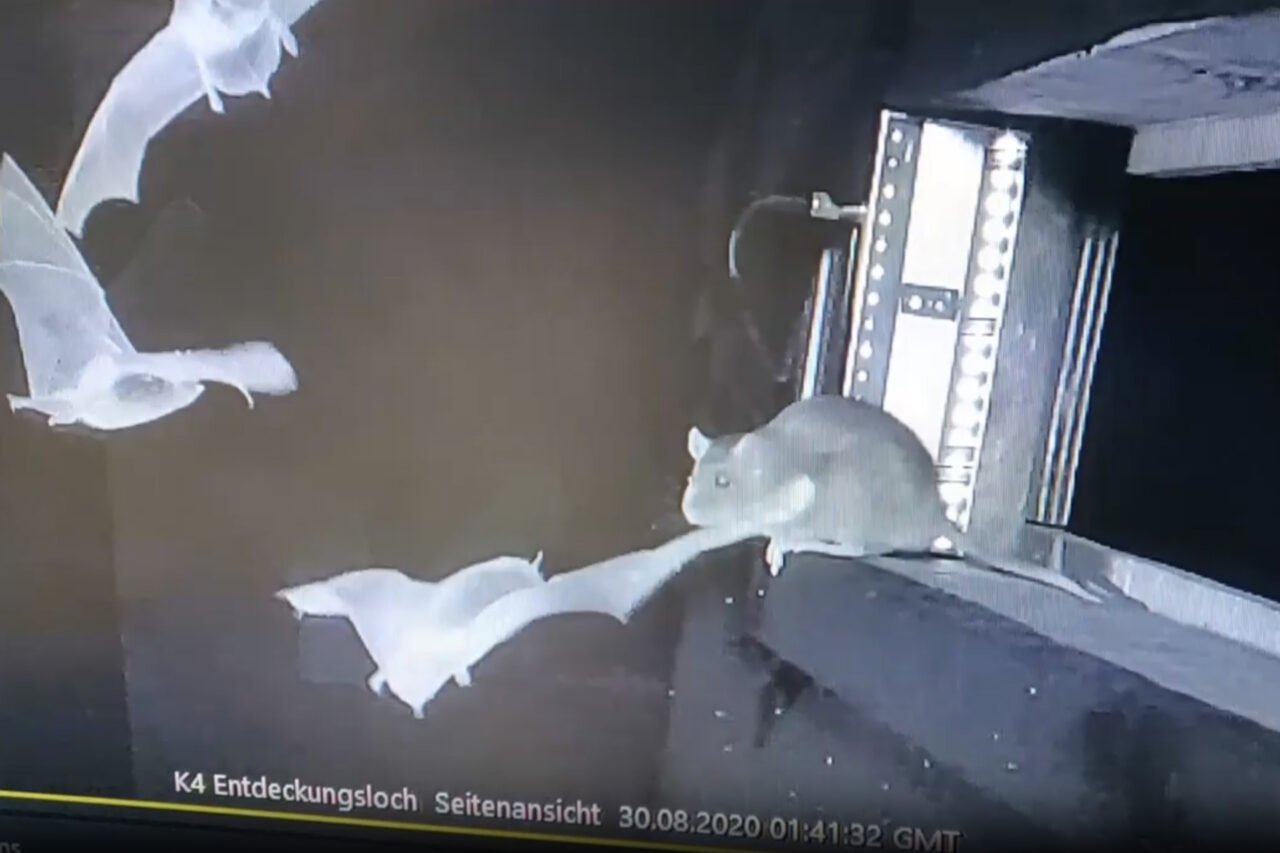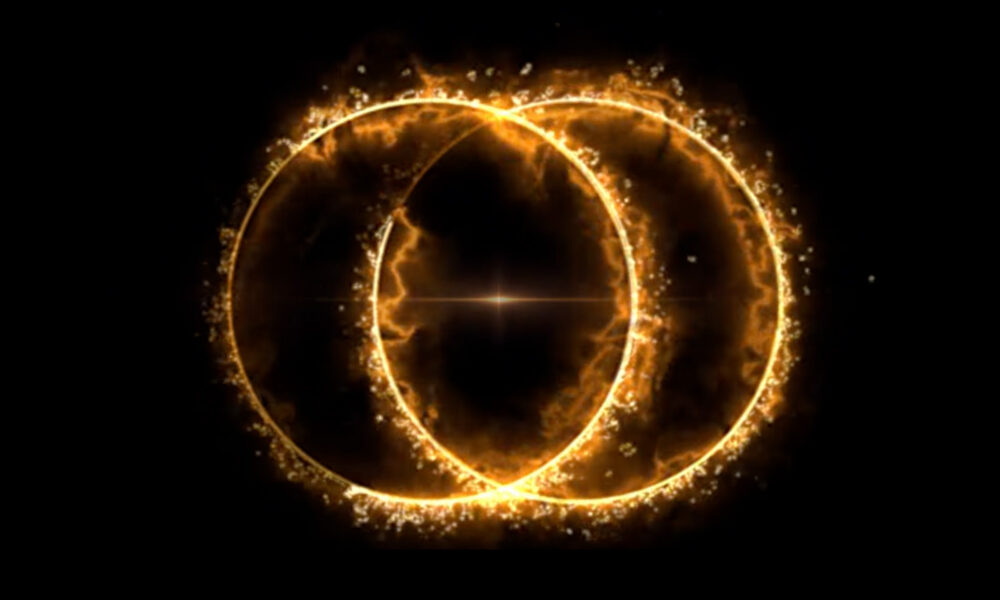A recently discovered interstellar object, named 3I-ATLAS, has captured the attention of the astronomical community due to its unusual behavior as it approaches the Sun. First identified in early July, this entity is believed to be the third known interstellar object visiting our solar system. While many experts classify it as a comet, some, including controversial Harvard researcher Avi Loeb, suggest it may be a spacecraft from an extraterrestrial civilization.
Currently, 3I-ATLAS is positioned behind the Sun, making it unobservable from Earth for the next several weeks. This period of invisibility has prompted speculation from Loeb, who previously indicated that the object might take advantage of this blind spot to perform unexpected maneuvers. Recent images captured by the Nordic Optical Telescope in the Canary Islands have ignited further discussion regarding the object’s trajectory and behavior.
New Observations Raise Questions
The latest images suggest that 3I-ATLAS has developed a “tail” of debris, which has altered direction as it nears the Sun. Astronomers refer to this phenomenon as an “anti-tail.” This effect has been documented in other comets over the years and is attributed to an optical illusion created by the relative positions of the object, the Sun, and Earth. As the comet approaches the Sun, the debris trail appears to flip due to gravitational influences and our vantage point.
Despite this explanation, Loeb offers a provocative theory: he believes that the presence of the anti-tail could indicate that the object is actually a spacecraft utilizing “braking thrust.” In his recent blog post, Loeb posits that if 3I-ATLAS is indeed an alien craft, the anti-tail may represent a controlled maneuver aimed at prolonging its journey through our solar system.
“The transition from anti-tail to tail would be entirely expected near perihelion,” Loeb explained, referencing a concept shared by his colleague Adam Hibberd from the Institute for Interstellar Studies. He further suggests that such a maneuver could signify a technosignature—an indication of intelligent control—potentially aimed at establishing a stable orbit between the orbits of Mars and Jupiter.
Awaiting Further Evidence
The astronomical community awaits further observations to confirm the nature of 3I-ATLAS. The object is not expected to re-emerge from behind the Sun until December 19, 2023. At that point, scientists will have the opportunity to ascertain whether its trajectory has been altered by any potential braking maneuver or if it remains a simple comet, as most researchers believe.
As excitement builds around this interstellar visitor, the implications of its behavior could reshape understanding of not only cosmic phenomena but also the possibility of extraterrestrial intelligence. Scientists will continue to monitor the object closely, eager to unveil the mysteries that lie within our solar system.







